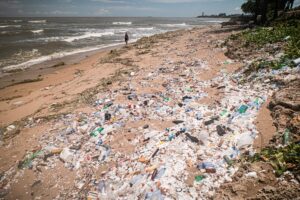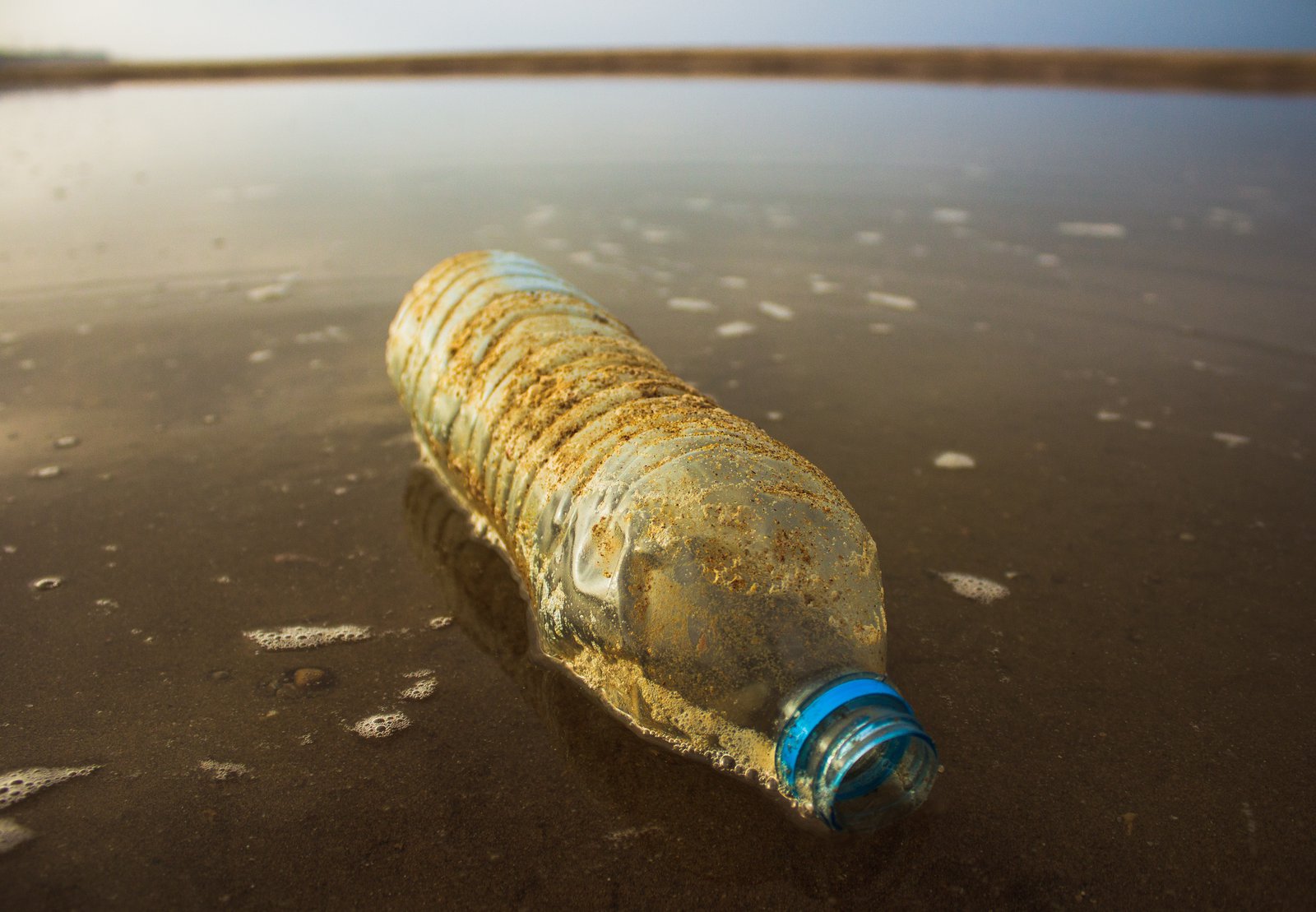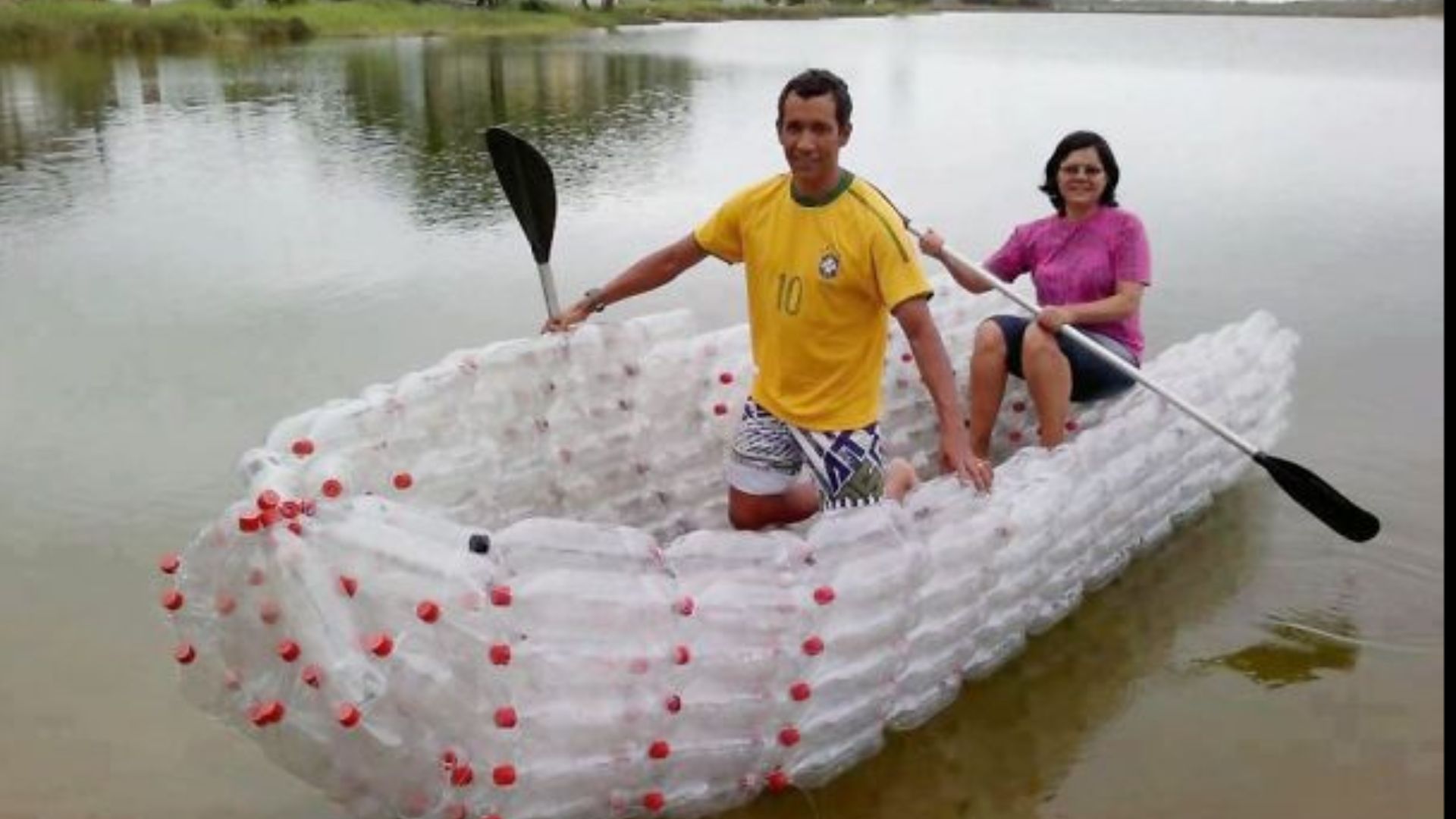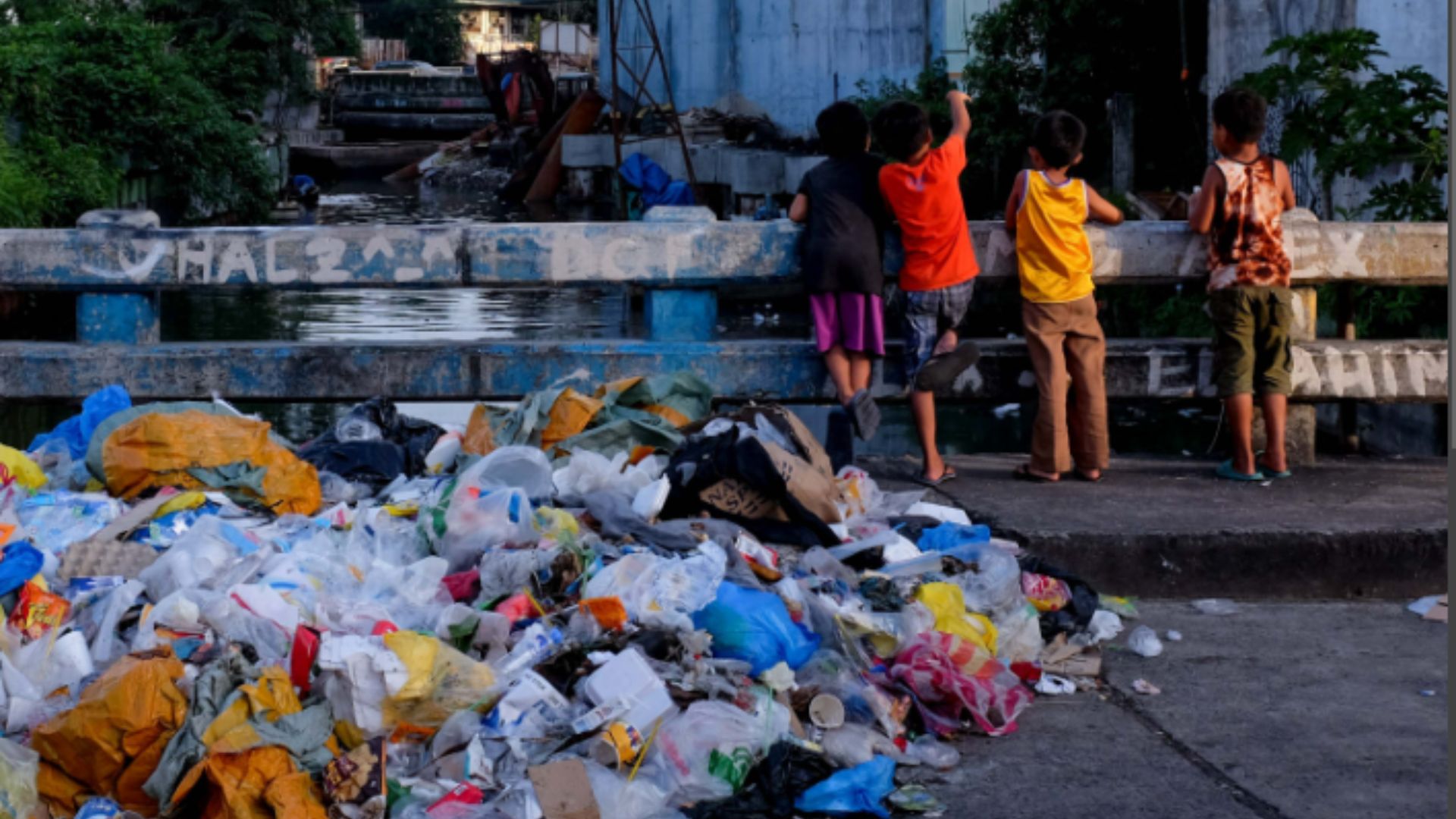The world’s oceans, covering more than 70% of the Earth’s surface, are not just a source of immense beauty and biodiversity; they are also a reflection of our planet’s environmental health. Unfortunately, one of the most pressing issues threatening our oceans today is the influx of trash. But how does litter end up in the ocean, and what are the consequences of this growing problem?
Land-Based Sources
A significant portion of marine debris comes from land-based sources. This category includes items such as plastic bottles, food wrappers, cigarette butts, and more, often discarded irresponsibly in urban and coastal areas. Here’s how it happens:
Littering
Individuals who litter in parks, streets, and coastal areas contribute to the problem. Garbage can be easily carried by wind, rain, and rivers, eventually making its way into storm drains that lead to the ocean.
Improper Waste Management
Inadequate waste disposal and collection systems, especially in densely populated regions, can result in trash being blown or washed into waterways that ultimately flow into the ocean.
River Transport
Rivers act as natural conduits for trash to reach the ocean. When litter is left near riverbanks or is carried by rain, it often ends up being swept into rivers and eventually deposited into the sea.
Coastal Tourism
Coastal areas that attract tourists are often plagued by trash left on beaches, which can be carried away by the tide or end up in the water due to carelessness.
Ocean-Based Sources
While land-based sources are significant contributors, ocean-based sources also play a role in the introduction of trash into the marine environment. These sources include commercial shipping, fishing, and offshore oil and gas platforms:
Shipping
Cargo ships, fishing vessels, and cruise liners can accidentally or deliberately discharge trash and waste overboard. Additionally, containers and cargo lost at sea during storms can release a substantial amount of debris into the ocean.
Fishing Gear
Abandoned, lost, or discarded fishing gear, such as nets, lines, and traps, is a severe problem. These items, often made of non-biodegradable plastics, can entangle marine life and pose dangers to ecosystems.
Oil and Gas Platforms
Offshore platforms may contribute to marine debris through waste and equipment disposal.
Marine Activities
Recreational activities, including boating, diving, and beach-going, can also introduce trash into the ocean. Careless actions by individuals engaged in these activities can lead to debris entering the marine environment:
Boating and Watercraft
Trash can be accidentally or intentionally thrown into the water from boats and watercraft. This includes items like food wrappers, drink containers, and fishing gear.
Beach-goers and divers
Sometimes they unintentionally leave trash behind, or the tide can wash trash from these activities into the ocean

Natural Events
Natural events, such as storms, floods, and tsunamis, can displace large amounts of trash and debris from coastal areas and rivers into the ocean. This is especially problematic when the trash is laden with pollutants or plastics, as it can have long-lasting environmental consequences.
The Consequences of Ocean Trash
The introduction of trash into the ocean has far-reaching and detrimental effects on marine life and ecosystems. Here are some of the consequences:
Wildlife Entanglement
Marine animals often become entangled in trash, especially fishing gear and plastics. Moreover, this can lead to injury, suffocation, and death.
Ingestion
Marine creatures may ingest smaller plastic particles, mistaking them for food. Furthermore, this can lead to malnutrition, toxicity, and death among species ranging from fish to seabirds and marine mammals.
Habitat Destruction
Trash can smother coral reefs, seabeds, and coastal ecosystems, disrupting habitats and damaging fragile ecosystems.
Conclusion
In conclusion, addressing the issue of garbage in the ocean requires a combination of public awareness, responsible waste management, and international cooperation. Initiatives like beach clean-ups, recycling, and reducing single-use plastics can help mitigate the problem. By understanding how trash makes its way into the ocean and taking action to prevent it, we can work towards cleaner and healthier oceans for generations to come.



